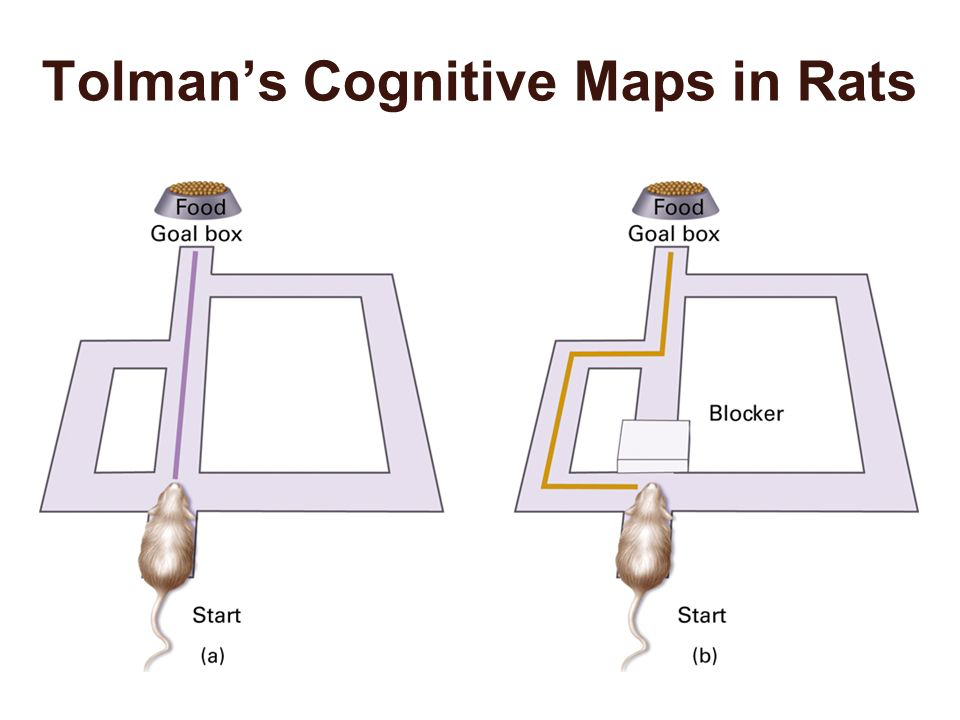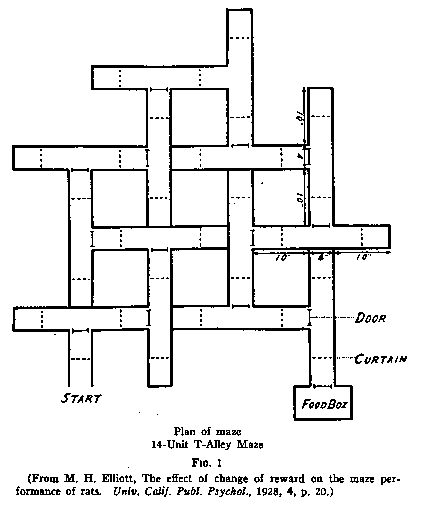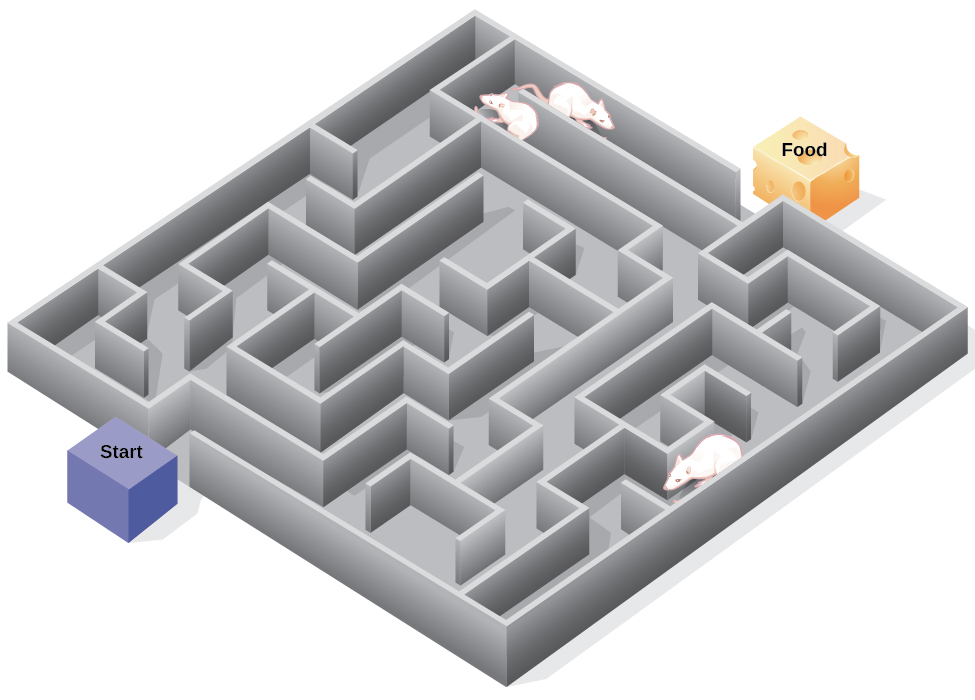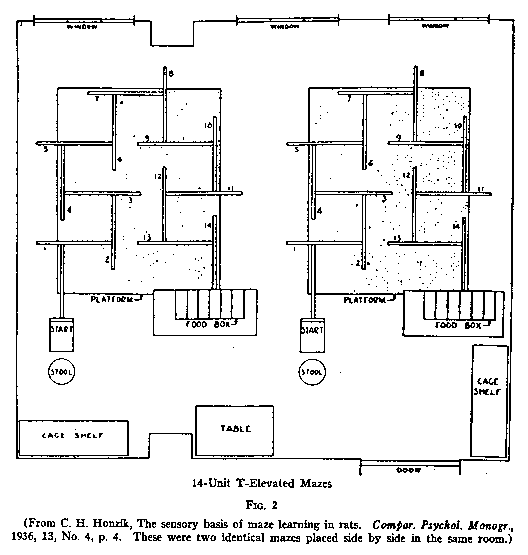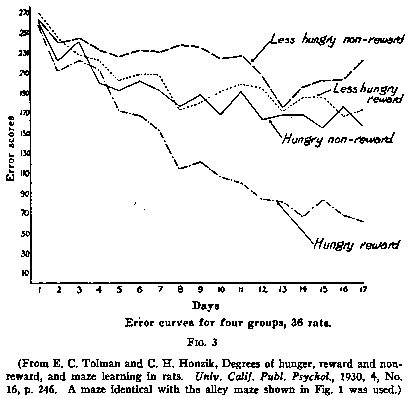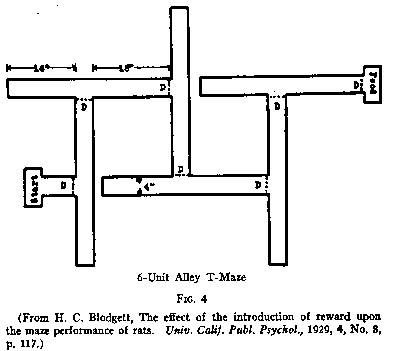Tolman Cognitive Map – Already in 1948, psychologist Edward Tolman suggested the concept of a “cognitive map” [5]. He argued that to facilitate our wayfinding, we build structured and abstract representations in the . Cognitive maps in UX show how users think about a product or service. Designers use these visual representations to understand the user’s mental model. This helps them create intuitive designs that .
Tolman Cognitive Map
Source : www.simplypsychology.org
Of Rats And Men: Edward C. Tolman (1886 1959) : 13.7: Cosmos And
Source : www.npr.org
PSYC 73800 Cognitive Psychology
Source : www.crumplab.com
Classics in the History of Psychology Tolman (1948)
Source : psychclassics.yorku.ca
Psychology, Learning, Operant Conditioning | OpenEd CUNY
Source : opened.cuny.edu
COGNITIVE MAPS IN RATS AND MEN[1] Edward C. Tolman (1948)
Source : home.csulb.edu
Cognitive Maps in Bemazed Rats, and Humans — Mapping as Process
Source : www.mappingasprocess.net
COGNITIVE MAPS IN RATS AND MEN[1] Edward C. Tolman (1948)
Source : home.csulb.edu
Latent Learning In Psychology and How It Works
Source : www.simplypsychology.org
COGNITIVE MAPS IN RATS AND MEN
Source : home.csulb.edu
Tolman Cognitive Map Latent Learning In Psychology and How It Works: The scientific study of these cognitive maps originated in lab experiments in the 1940s involving rats. American behavioral psychologist Edward Tolman broke new ground when he discovered that rats . Cognitive maps are internal representations of the external environment. Evidence from monkeys shows that a cognitive map can support the mental navigation of an array of landmarks without sensory .


